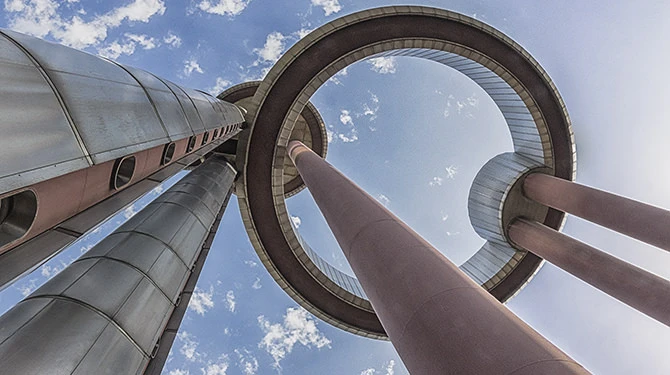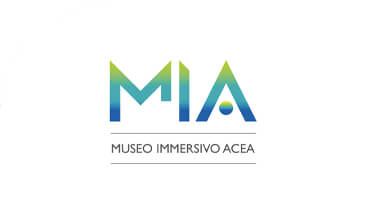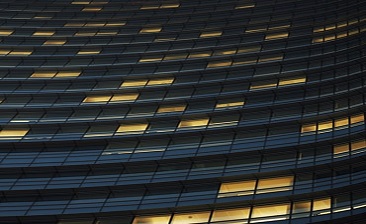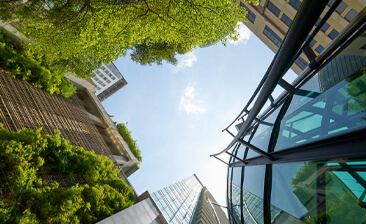
Acea for World Energy Saving Day
Rome, 1999. A phone rings in a room in the Acea building.
"Hello?"
“Hello, my name is Giacomo Dell'Omo, president of Ornis Italica, an association of volunteers and researchers who have been involved in birds conservation for years. I wanted to propose an initiative: placing nest boxes on top of high voltage pylons."
That is how the cooperation between Acea and the Ornis Italica Association began, with the goal of protecting and safeguarding the peregrine falcon and other wild birds.
The initial project focused on the nesting of the Kestrel, a small falcon found in the countryside and in our towns where it has had considerable success, judging by the rapid increase in the population nesting in Rome and the surrounding area.
A few years later, Acea hit on an idea for an even more challenging objective for environmental protection: to encourage the Peregrine Falcon to nest.
The project wanted to exploit the above ground, water storage tanks scattered throughout Rome, to position some nesting boxes. Peregrine Falcons prefer high, inaccessible places with a clear view of the horizon; therefore, it was likely that these water tanks, rising 90 meters above the level of the surrounding countryside, would be the perfect place for the Peregrine Falcon to nest.
For ten years I spent all my winters searching for that restless brilliance, for the sudden passion and violence that peregrines flush from the sky. For ten years I have been looking upward for that cloud-biting anchor shape, that crossbow flinging through the air.
J.A. Baker, The Peregrine
The first attempt to encourage the nesting of the Peregrine Falcon was made on the surge tank of the sources in Acqua Vergine on the Salone estate, a green area to the east of the city of Rome. In January 2010, a nesting box was placed at a height of approximately 80 metres above ground level. Ornis researchers were surprised and delighted that after only a few days, the box was occupied by a young couple of Peregrine Falcons, which had been flying around the area for some time and found the nesting box a comfortable, protected place. Thus began the beautiful story of Alex and Vergine, followed by thousands of people all over the world via www.birdcam.it: a webcam giving intriguing details of their daily life filmed inside the nest. And one moment in particular, when the eggs were laid.

The falcons chose the two towers of this imposing steel structure as a strategic point, from which to scan their surroundings in search of possible prey, especially pigeons and starlings.
The rise in the number of Peregrine Falcon nests recorded by scholars is a formidable indicator for the city of Rome: after coming close to zero for many years, in 2019, their number has now reached 10-12 couples and represents the most important, urban nesting area for the species in Italy and probably in Europe.
In 2023 Acea continued some monitoring activities in the area of the Acqua Vergine springs where the birth and growth of other Peregrine Falcons occurred.
This is significant data that teaches everyone how technological development and progress can coexist with nature, if pursued in a sustainable way.
The falcons' glossary
Ringing: this practice enables a tiny, plastic or aluminium ring to be placed around the wild bird's foot, in order to be able to identify it later on.
Hatchling: "helpless young", i.e. the newly hatched chicks, which need their parents to look after them for several days before they can fly.
Ornitology: a branch of zoology that studies birds.
Discover the latest news and initiatives of the Acea Group

Acea for World Energy Saving Day

Visit the virtual museum about the history of the Acea Group

The channel for the commercial requests on land urbanisation

Acea turns the spotlight on the Rome Film Festival 2023

Acea is in the "Gold class" in the .trust research

Read more about our culture of inclusiveness